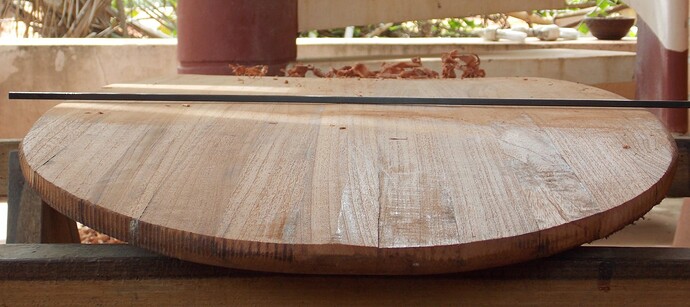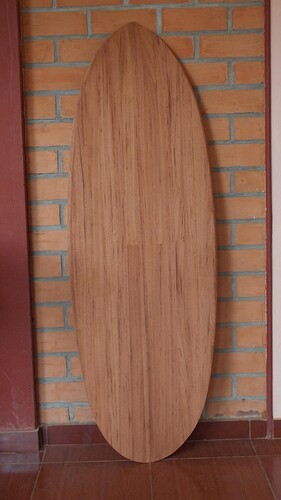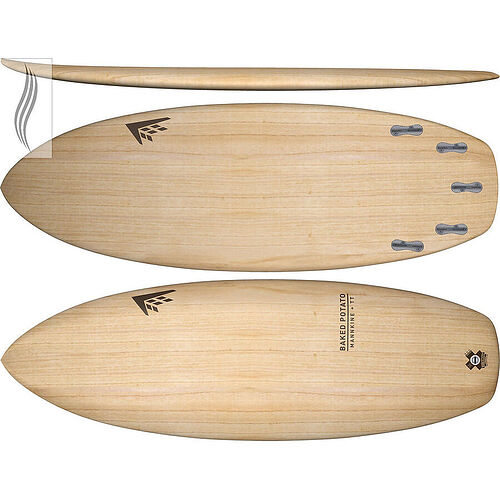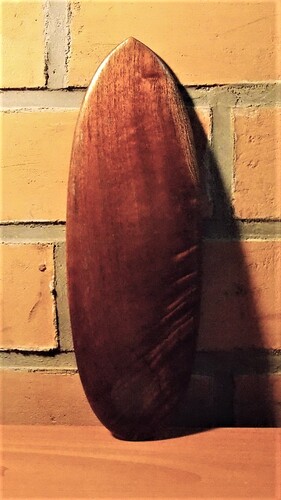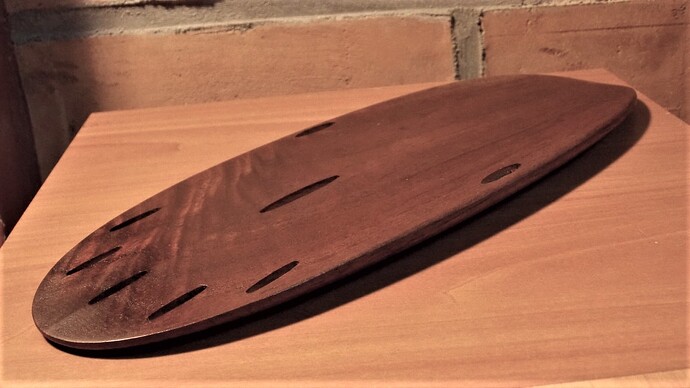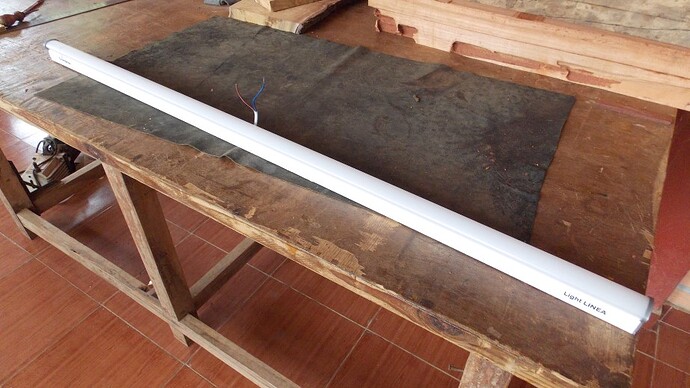The second cross ventilation vent is good piece of mind, for me I made sure my interior of the latest build was well sealed before attaching the deck panel. There’s too much work involved to allow it to get water damaged from the inside out. and if there is only one vent in the nose, it seems downright impossible to get all the moisture out of the tail.
I never got the 1/4-20 brass grub screw for my rear brass plug, I just cut some stainless, then cut a slot in it for a flathead screwdriver and screw it to just below the surface of the glassed over vent. I seal it with some Vibratite v3 thread locking compound which claims to be waterproof and reuseable. I also smeared a bit of ‘Amazing goop’ over it, as I found this stuff adheres well, but can also be removed in one piece cleanly with some chisel tipped tweezers finding an edge and lifting. I’ve only removed the rear vent once just to make sure it was not stuck. Now it is covered with wax just in case my back foot stries to slip off the very end, again.
I have a method to pull air through the board with a small computer fan forming a slight vaccuum. I put the nose vent as far forward as I can for maximum drainage, should it get wet inside. I’m thinking a regular purge when we get hot dry desert winds would be a good thing, though I’ve yet to make the effort, with a fan and cross ventilation anyway. I always open teh thumbscrew vent in teh water after 10 to 15 minutes to allow it to suck in more air and perhaps again a bit later if the board was pretty hot entering cold water.
No doubt some moisture gets inside from this process, not to mention condensation.
I don’t use wood glue, only epoxy. I’ve rarely had good luck with PU glue, and I dont believe either titebond or PU glues really bonds very with the epoxy saturating the fiberglass cloth, though thin pinlines of glue should not really make much difference. I still prefer the exterior cloth to adhere well to the joints. Just a personal preference based on experience with non surfboard related projects. If it has got to endure, it gets epoxied, despite the extra work and cost involved.
I’ve used gorilla glue on a few outside projects and had it fail. I trust titebond way more especially if the joints are good and tight… I think while titebond 1 says it is not waterproof it is more resistant to breaking down from stains, and other products, compared to titebond 2 or 3. Not sure though.



